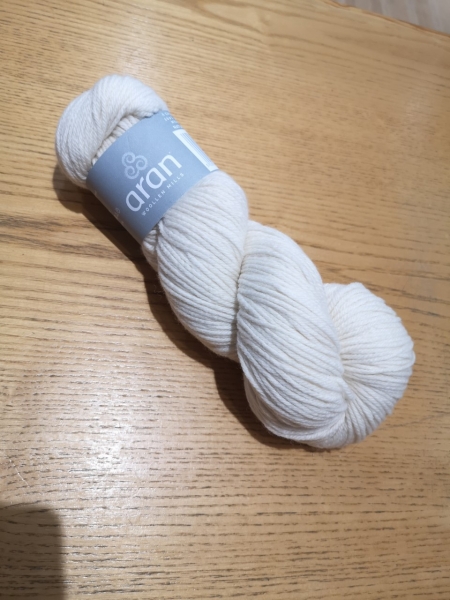Recommended Merino Wool Base Layers Info
Wiki Article
What Is The Reason Yak Merino Base Layers So Effective For Winter Sporting Clothing?
Yak merino wool base layer are very effective in winter sportswear due to a combination of benefits and qualities gained from both yak as well as Merino wool. Warmth- Yak wool is known for its remarkable warmth. The hollow fibers of the yarn are great insulation since they capture air. This fabric, when combined with Merino Wool, an excellent insulator, gives excellent warmth that keeps your body warm during cold temperatures.
Merino has properties to manage moisture. Merino can absorb and release moisture, leaving the wearer dry. The wool is also a good source of moisture-wicking properties. This blend regulates your body's temperature by keeping moisture off your skin when you exercise during colder temperatures.
Merino's softness, and its fine fibers will not cause skin irritation. Mixed with yak, which is smooth and soft fibers, this fabric is a comfortable garment to wear.
Odor Resistance- Both merino wool and yak wool possess antimicrobial properties in their natural form that help to stop the growth of odor-causing bacteria. This keeps the garment fresher, even if it is used for extended periods.
Durability- Yak wool is inherently durable, and when combined with the toughness of merino wool it makes a fabric that can withstand wear and tear associated with sports and outdoor activities.
Temperature Regulation. Temperature Control. Merino wool's insulating characteristics aid in regulating the body's temperature and keep wearers warm in frigid temperatures. It also breathes in high-activity times.
Merino and yak are both renewable, and biodegradable fibres. They are environmentally friendly winter sportswear.
Yark merino base layer is a combination of warmth comfortability, moisture management and durability. It is perfect for outdoor sports in cold temperatures. Take a look at the best merino wool base layer for blog examples including best merino wool base layer, smartwool thermal underwear, merino base layer, men's wool leggings, sitka base layers, smart wool baselayer, spyder baselayer, merino base layer, smartwool 1 4 zip womens, sweaty betty base layers and more.

What Are The Benefits Of Bamboo Clothing In Regards To Thermal Regulation, Biodegradability, Uv Protection, And Environmental Impact?
Thermal RegulationBamboo clothing comes with many benefits, including protection from UV rays, biodegradability, as well as environmental impacts.
Insulation- Bamboo fabric has natural thermal-regulating properties that provide warmth during colder weather while remaining comfortable. It aids in regulating body temperature by holding the heat during cooler temperatures and allows ventilation to avoid excessive sweating during physical exercise.
UV Protection
Bamboo fabric is naturally resistant to harmful UV radiations. The bamboo fabric is able to block as much as a third the UV rayons.
Biodegradability-
Environmentally friendly- Bamboo clothing is biodegradable. This means that it is able to be degraded without leaving harmful residues behind and doesn't contribute to pollution to the environment. This reduces waste, and the environmental impact of clothing that is thrown away.
Environmental Impact-
SustainabilityBamboo as a source of materials is very environmentally sustainable. It is able to grow quickly and in abundance, without pesticides or chemical fertilisers. This reduces the environmental impact caused by cultivation. The rapid growth rate of this plant is what makes it a renewable source.
Low water usage Bamboo requires less water than other crops, like cotton, making it more efficient with water. This aspect contributes towards conservation efforts and reduces the burden on water resources.
Soil Conservation
Soil Health- Bamboo cultivation generally doesn't deplete soil nutrients or require extensive irrigation, leading to better soil conditions and making it less necessary to use damaging agriculture practices.
Carbon Sequestration
Carbon Absorption Bamboo can absorb more carbon dioxide and release oxygen into air than some other plants. This property helps reduce carbon emissions and fight climate change.
Bamboo clothing has many advantages such as thermal regulation, UV blocking, biodegradability, as well having a positive impact on the environment. This makes it a desirable choice for anyone looking to purchase functional, sustainable clothing. These attributes are in line with eco-friendly practices, which benefit both the wearer as well as the environment. View the top recommended site on bamboo clothings for website examples including bamboo jeans brand, clothes made from bamboo, bamboo bed clothes, bamboo sweatshirt, organic bamboo pajamas, bamboo trousers women, ladies bamboo pants, bamboo cotton pajamas, bamboo yoga trousers, bamboo baby pajamas and more.

How Is Merino Wool As Well As Bamboo Clothing Different From Regular Wool?
Merino Wool Bamboo Clothing, Regular Wool have distinctive characteristics that make them distinctive.
Merino wool's fine fibers are soft and feel good against the skin. It is less likely to trigger itching or irritation in comparison to wool that is traditionally used.
Merino Wool has excellent moisture- Wicking Properties- Merino is a material that wicks moisture that pulls moisture away and lets it evaporate. The wearer is dry and comfy.
Insulation- Merino wool offers exceptional warmth even in wet conditions. It regulates body temperature, providing warmth in cold temperatures and breathability when you exercise.
Odor Resistant - It blocks the growth of bacteria that create odors. It keeps your clothes fresh even after long wear.
Bamboo Clothing-
Softness Bamboo clothing is silky soft feel that is often described as silk or cashmere. Bamboo clothing is soft on the skin and offers the ultimate luxury.
Bamboo fabric is moisture wicking and draws moisture away from the skin, keeping the wearer dry.
Temperature Regulation- Bamboo clothing has natural temperature-regulating abilities, offering warmth in winter and breathability to prevent overheating.
Sustainability Bamboo is a source that is highly renewable, and it grows quickly without using pesticides. It is biodegradable.
Regular Wool
Texture- Wool from the traditional has a variety of textures, with some types being coarser and more prone to causing discomfort or itching.
Wool is an excellent insulation material. It is very warm, but it may appear too heavy or heavy.
Wool absorbs moisture, and is consequently less efficient at wicking moisture than merino or bamboo fabrics. But, it keeps warmth even in it is damp.
In the end, merino Wool is extremely soft, with excellent moisture-wicking, odor resistance, and insulation. Bamboo clothing offers a soft texture, moisture-wicking properties temperatures regulation, and sustainable. Regular wool varies in texture and may not provide the same softness or moisture-wicking capabilities as merino or bamboo, however, it does provide warmth and insulation. Each material has its own unique advantages, catering to different preferences and needs in winter clothing. Have a look at the recommended merino winter clothings examples for blog recommendations including merino wool ski base layer, merino wool long underwear women's, merino base layer mens, wicked wool base layer, smartwool long sleeve, smartwool thermals, best baselayers for skiing, wool thermal underwear, terramar merino woolskins, smartwool long underwear and more.
